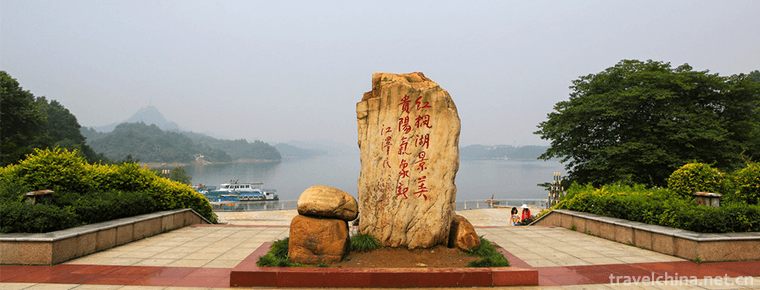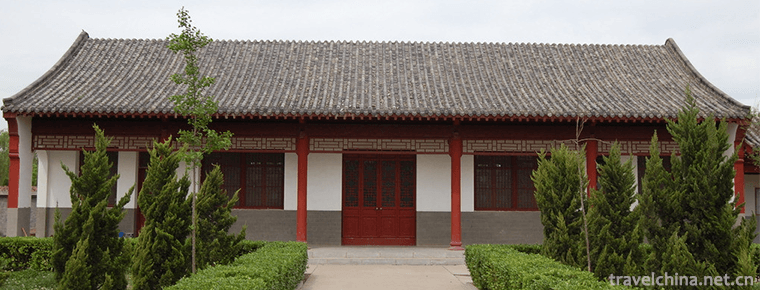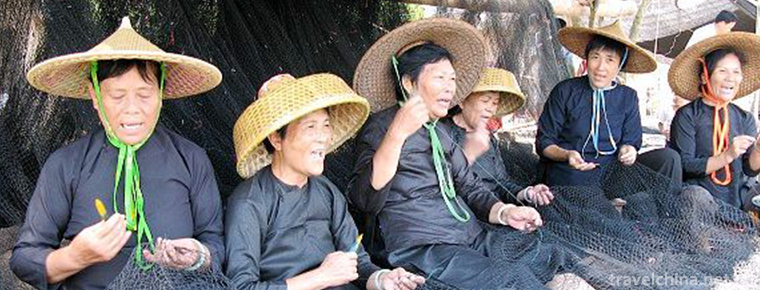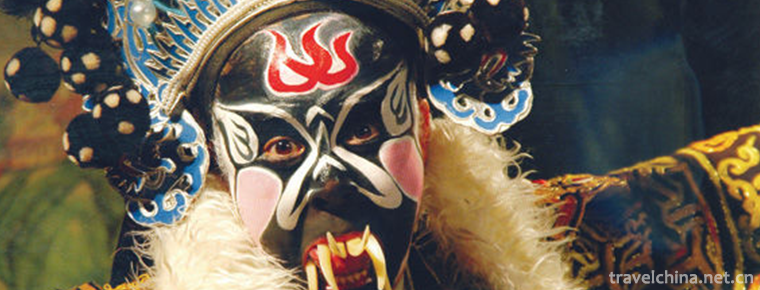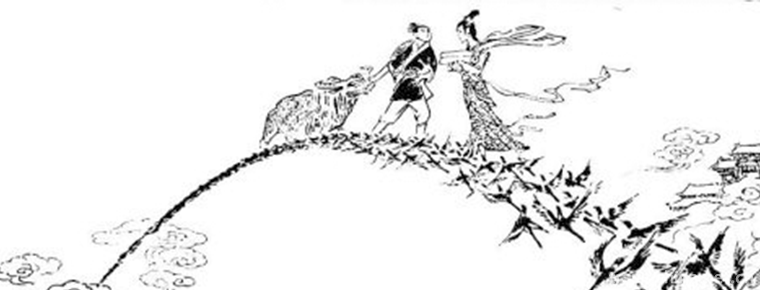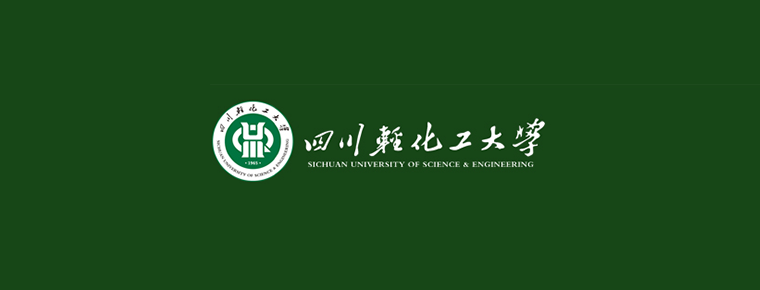Bayi Memorial Hall in Nanchang
The Bayiyi Memorial Hall in Nanchang was established in 1956 and officially opened to the outside world on October 1, 1959. In 1961, it was announced by the State Council as the first batch of key national cultural relics protection units (the five old revolutionary sites under its jurisdiction, namely, the former Nanchang Uprising Command, the former Helong Command, the former Ye Ting Command, the former site of Zhude Officer's Educational Corps and the former residence of Zhude), and the national AA-level tourist attractions.
Nanchang Bayi Memorial Hall is located in Zhongshan Road, Xihu District, Nanchang City, Jiangxi Province, covering an area of 5903 square meters. It is a cultural and exposition institution at the deputy department level jointly managed by Jiangxi Provincial Department of Culture and Nanchang Cultural Press and Publishing Bureau.
In December 2016, the Nanchang Uprising Memorial Hall on August 1 was selected into the National List of Red Scenic Spots.
The August 1 Nanchang Uprising Memorial Hall is the first batch of practical education bases for primary and secondary school students in China.
Historical evolution
Origin
The Eight Rights in Nanchang was an armed uprising launched by the Communist Party of China on August 1, 1927 in Nanchang, Jiangxi Province, to fight against the KMT reactionaries'massacre of Communists and workers and peasants and save the revolution.
After Chiang Kai-shek and Wang Jingwei launched the "Qing Communist Party" in Nanjing and Wuhan on April 12 and July 15, 1927, the Provisional Political Bureau of the CPC Central Committee decided to use the National Revolutionary Army under the control and influence of the Communist Party to hold an uprising in Nanchang, and appointed Zhou Enlai as the former Secretary of the enemy Committee of the leading organ of the uprising.
The forces scheduled to take part in the uprising are the 20th Army of the Second Front Army of the Fourth Group Army, the 24th Division of the 11th Army, the 1st Division of the 10th Division and the 25th Division of the 4th Army, the 3rd Officer Education Corps of the 5th Front Army and the police forces of Nanchang City, totaling more than 20,000 people. The uprising was originally scheduled to start on the night of July 30, but was postponed because of Zhang Guotao's obstruction.
On August 1, 1927, at 2 a.m., Zhou Enlai, He Long, Ye Ting, Zhu De and Liu Bocheng commanded the rebels to launch an attack on the Kuomintang troops stationed in Nanchang. After more than four hours of fierce fighting, they occupied the whole city. On the morning of the same day, a joint meeting of members of the Kuomintang Central Committee, special municipalities of provinces, autonomous regions and overseas party ministries was held in Nanchang. The Declaration of the Central Committee was adopted, and the Revolutionary Committee of the Chinese Kuomintang was established. At the same time, the rebellion forces were reorganized. The name of the Second Front Army of the National Revolutionary Army was still used, with Helong as the general commander. Because the enemy attacked Nanchang with heavy troops, the former CPC Committee decided to transfer troops to Guangdong according to the original policy of the Central Committee, seize Guangzhou by camera, and expedite North again.
Since August 3, 1927, the insurgents have withdrawn from Nanchang and transferred to Changting, Shanghang, Fujian Province through Ruijin and Huichang in Jiangxi Province. They arrived in Chaozhou and Shantou, Guangdong Province, in late September. Then they were dispersed by the advantageous enemy forces. Some of them retreated to Hailufeng area and joined the armed struggle of peasants in Dongjiang area. The other part, led by Zhu De and Chen Yi, turned to southern Hunan for guerrilla warfare.
In late April 1928, the insurgent army arrived in Jinggangshan area and joined forces led by Mao Zedong to form the Fourth Army of the Chinese Industrial and Agricultural Revolutionary Army.
The Nanchang Uprising fired the first shot of armed resistance against the reactionaries of the Kuomintang. It was the beginning of the independent leadership of the Communist Party of China in the armed struggle and the establishment of the revolutionary army. The remaining insurgent forces became one of the backbone of the Red Army of Workers and Peasants.
On July 1, 1933, the Provisional Central Government of the Chinese Soviet Republic decided to commemorate the founding of the Red Army of Workers and Peasants on August 1 every year since that year. After the founding of the People's Republic of China, the anniversary was renamed the Army Building Day of the People's Liberation Army.
modern
The Bayiyi Memorial Hall in Nanchang was established in 1956 and officially opened to the public on October 1, 1959. In 1961, it was announced by the State Council as the first batch of key national cultural relics protection units (under the jurisdiction of the five old revolutionary sites: the former Nanchang Uprising Command, the former Helong Command, the former Ye Ting Command, the former site of Zhude Officer's Educational Corps and Zhu De's former residence in Nanchang). As the "First Hall of Chinese Military History" to publicize and display the birth, development and growth of the People's Army, it has attracted much attention since its opening up. Zhou Enlai, Zhu De, Dong Biwu, He Long, Chen Yi, Peng Zhen, Jiang Zemin, Hu Jintao and other older generations of proletarian revolutionaries, as well as leaders of the Party and the state, have come to visit and guide them successively.
In July 2007, the renovation and expansion project of the memorial hall with an investment of 153 million yuan was completed and formally opened to the outside world. Its area was expanded from 4207 square meters to 10155 square meters, and its display area was increased from 2250 square meters to 5875 square meters.
On January 30, 2008, Bayi Pavilion opened to the whole society permanently free of charge, and put forward the service concept of "free tickets, service without discount" to provide better social and public cultural services to the broad masses of the people. Three years of free opening, more than 6 million visitors were received, including more than 2 million minors, and nearly 18,000 batches of free interpretation services. The goal of "educating people with history, touching people with materials and attracting people with scenery" was achieved. People's Daily, Guangming Daily, Chinese Heritage Daily, Hong Kong Business Daily, CCTV News Broadcasting and Focus Interview are also focusing on the new Bayi Pavilion to analyze the Bayi Phenomenon.
Visiting information
Traffic information
Take 2 routes, 5 routes, 25 routes, 33 routes, 229 routes, 232 routes and 305 routes to Wazijiao Station, or take Nanchang Metro Line 1 to the exit of Bayi Guan Station to enter the scenic spot.
geographical position
The Bayiyi Memorial Hall in Nanchang, located at 380 Zhongshan Road, Nanchang City, Jiangxi Province, covers an area of 5903 square meters.
Historical legacy
edit
Nanchang Uprising Memorial Tower
The Memorial Tower of the August 1st Nanchang Uprising is located at the southern end of the People's Square in the center of Nanchang City, Jiangxi Province. It was built in 1977 to commemorate the fiftieth anniversary of the August 1 Uprising.
The tower is cuboid with a total height of 45.5 meters. On the north side are nine bronze and gold characters inscribed by Marshal Ye Jianying on the memorial pagoda of the August 1st Nanchang Uprising, with the granite tablet "Introduction to the August 1st Nanchang Uprising". The other three sides are three large granite reliefs, namely, announcing the uprising, attacking the enemy camp and cheering for victory.
Each side of the tower has a brand of wing wall, embossed with Chinese workers and Peasants Red Army Flag Emblem embossed with pine and evergreen. The top of the tower is composed of upright granite carved rifles and Chinese People's Liberation Army flags collaged with red granite.
The Old Site of the Command of the Nanchang Uprising
Yeting Nanchang Command is located in No. 2 Middle School of Nanchang, Suyuan Road, Nanchang City, Jiangxi Province. It is a two-storey brick-and-wood "Gong" Western-style building.
During the Nanchang Uprising, the headquarters of the 24th Division of the 11th National Revolutionary Army led by Ye Ting was located in a two-storey brick-and-tile building in this school. Upstairs were the offices, conference rooms and telephone switchboard of the then headquarters, and downstairs were the security forces.
In order to commemorate the immortal achievements of Ye Ting and the "Iron Army" in the Nanchang Uprising, the People's Government renovated the "Gong" Tower, basically maintaining its original appearance, restoring the display of the military department at that time, and officially opened it to the outside world in August 1997. It is now a national key cultural relic protection unit.
The Site of the Command of the Twentieth Army
The old site of the command headquarters of the 20th Army led by He Long is located at No. 85 Zigu Road, Nanchang City, Jiangxi Province.
There are two buildings in the courtyard, one is the office of the 20th Military Department, the other is the office and bedroom of He Long, and the houses of Liu Bocheng and Yun Daiying.
During the Nanchang Uprising, He Long and others braved the rain of bullets and bullets and directed the battle on the steps of the small building. Up to now, bullet marks still exist in the doorway facing the street. Most of the precious cultural relics and some copies are displayed here.
The Old Site of Officer Education Corps
The former site of the Officer Education Corps founded by Zhu De is located at 58 Bayi Avenue, Nanchang City, Jiangxi Province. At the end of Qing Dynasty, it was a place for training the Qing Army, and then it was changed to "Wutang" for Jiangxi Army.
In the spring of 1927, Zhu De founded the Officer's Education Corps here and took charge of it personally. He trained a number of revolutionary armed cadres, some of whom participated in the Nanchang Uprising. Now the bedroom, conference room and display of the military department of Zhude's office have been restored as before.
Zhu De's Old Residence in Nanchang
Zhu De's old residence in Nanchang is located at No. 2 Garden Corner, east section of Mingde Road, Nanchang, Jiangxi Province. At the end of 1926, Zhu De was appointed by the Party to carry out revolutionary activities in Nanchang, where he mainly lived.
On July 27, 1927, Zhou En came from Daichang, Hubei Province. First of all, he came here to discuss the plan of the uprising with Zhu De and stayed overnight. Guo Moruo, deputy director of the General Political Department of the Northern Expedition Army, also lived here and wrote many famous articles. Jude's bedroom and Zhou Enlai's hall have been restored as they were.





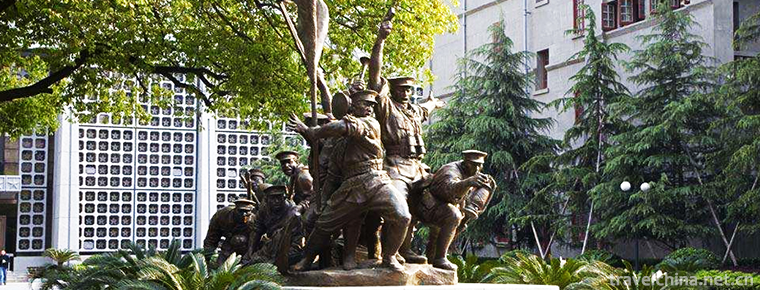
-
Wushan small Three Gorges
The Little Three Gorges, or the Little Three Gorges Tourist Scenic Spot, was named "Forty Best Tourist Resorts in China" in 1991, "National AAAA Tourist Scenic Spot" in November 20.
Views: 150 Time 2018-12-12 -
Beijing Wildlife Park
Beijing Daxing Wildlife Park is located in the 10,000 Mu forest of Yuyuan Town, Daxing District. It is a large natural ecological park with animal protection, wildlife domestication and breeding and p.
Views: 100 Time 2018-12-26 -
Chengshantou Scenic Spot
Chengshantou Scenic Spot is located at the easternmost end of Chengshan Mountains in Rongcheng City, Shandong Province, so it is named Chengshantou. Chengshantou is 200 meters above sea level.
Views: 187 Time 2019-01-05 -
Hongfeng Lake Scenic Area
Hongfeng Lake Scenic Spot is located in the western suburb of Guiyang City, Guizhou Province, China. It is 28 kilometers away from Guiyang, the capital of Guizhou Province..
Views: 158 Time 2019-01-16 -
Yicheng Temple Scenic Spot of Sun Bin Tourist City
Sun Bin Tourist City is located in Jishan Town, 20 kilometers northeast of Juancheng County, Heze City, Shandong Province. Juancheng is the hometown of Sun Bin, a famous.
Views: 80 Time 2019-02-13 -
Lingao Fishing Song
Lingao Fishing Song is a kind of Han folk song which is popular among fishermen in Lingao County, Hainan Province. Because of its use of the lining "Li Li Mei" and related legends, it is als.
Views: 269 Time 2019-05-13 -
Ninghai Pingtao
Ninghai Pingdao originated in the late Ming and early Qing Dynasty and was popular near Ningbo. It has a history of three or four hundred years. Ninghai Ping Tune belongs to the branch of Xinchang Tun.
Views: 125 Time 2019-06-08 -
Qixi Festival
Qixi Festival, also known as Qiqiao Festival, Qijie Festival, Daughter's Day, Qiqiao Festival, Qiniang Club, Qiaoxi Festival, Bull Bull Mother's Day and Shuangqi Festival, is a traditional Chinese fes.
Views: 242 Time 2019-06-09 -
Sichuan University Of Science and engineering
Sichuan University of Light Chemical Industry is a general full-time university with more than 50 years of undergraduate and nearly 20 years of postgraduate education, which has coordinated developmen.
Views: 228 Time 2019-08-31 -
Beijing Wuzi University
Beijing Wuzi University is a public institution of higher learning which is characterized by logistics and circulation, based on economic disciplines, with management disciplines as its main branches,.
Views: 313 Time 2019-09-06 -
Natural resources of Mianyang
In 2014, the annual precipitation of Mianyang City was 19.845 billion cubic meters, the surface water resources was 11.893 billion cubic meters, the total annual water resources was 11.882 billion cubic meters, and the annual average water resources per capita was.
Views: 125 Time 2020-12-14 -
Cultural undertakings in Guangan
As of 2019, there are 5 radio and TV stations and 2 Radio and TV stations in Guang'an City. The comprehensive coverage rate of broadcasting is 99.7%, and that of television is 99.8%. There are 7 public libraries, 21 theatres and theatres, 4 museums an.
Views: 330 Time 2020-12-19



